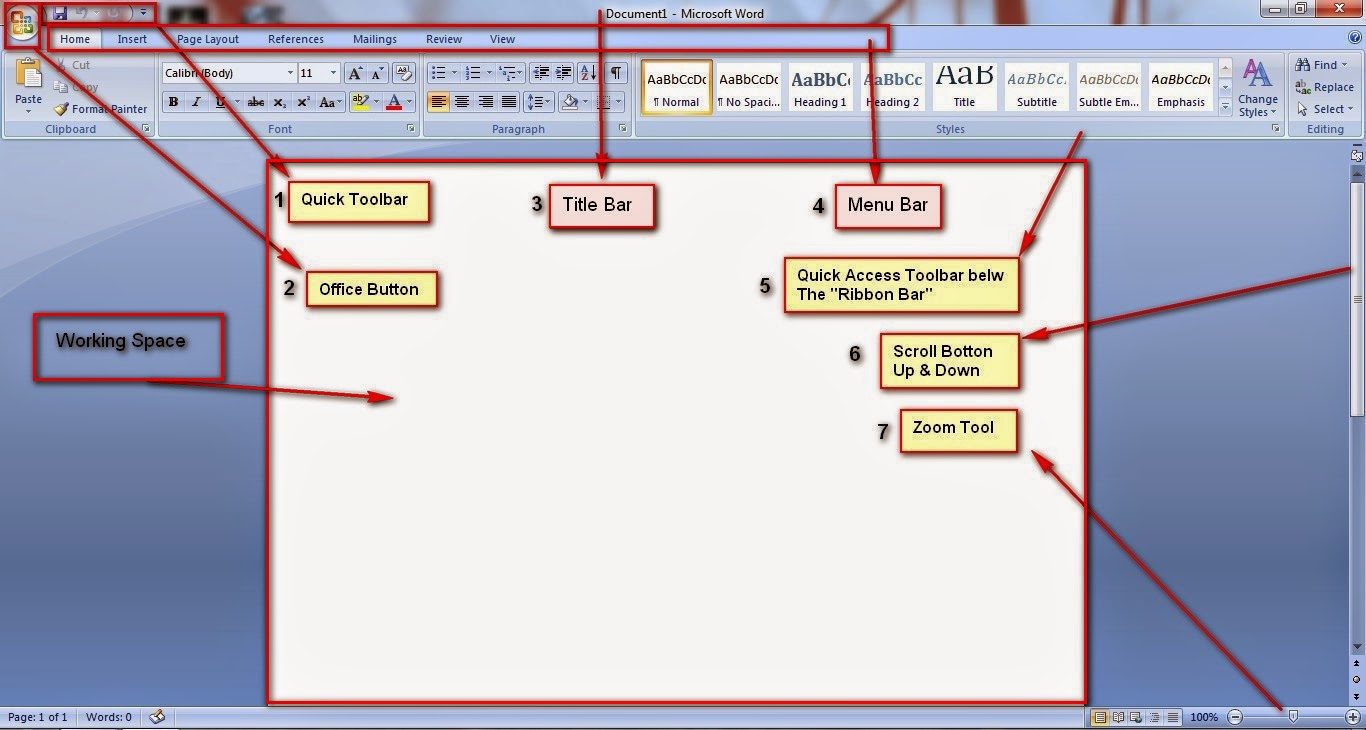
- MICROSOFT EXCEL 2007 TUTORIAL BASIC SERIAL NUMBER
- MICROSOFT EXCEL 2007 TUTORIAL BASIC DOWNLOAD
When we reference the formula bar, we are simply indicating that we should type the formula in that spot while having the appropriate cell selected (which, again, will automatically happen if you select the cell and start typing).

You enter the data in the cell and it will also appear in the formula bar if you have your mouse on that cell.
 You can select a function category in the Select a category drop-down list and review the corresponding function names in the Select a function field.The formula bar is an area that appears below the Ribbon. You can scroll through the alphabetical list of functions in the Select a function field. You can type a question in the Search for a function box and click GO. There are three ways to locate a function in the Insert Function dialog box:. If you don't see the function you want to use (Sum, Average, Count, Max, Min), display additional functions by selecting More Functions. On the Formulas tab, click the drop-down part of the AutoSum button. Using the point-click-drag method, select a cell range to be included in the formula. Click the Enter icon to calculate the average.Īccessing Excel 2007 functions To access other functions in Excel:. Left-click and drag the mouse to define a cell range (C8 through cell C20, in this example). Click on the first cell (in this example, C8) to be included in the formula. Click the drop-down arrow next to the AutoSum command. Select the cell where you want the function to appear. To calculate the average of a range of data: Click OK in the dialog box, and the sum of the two ranges is calculated. You can alter the cell range if necessary. The AutoSum command automatically selects the range of cells from G2 to G41, based on where you inserted the function. This formula, =SUM(G2:G41), is called a function. A formula will appear in the selected cell, G42. Select the drop-down arrow next to the AutoSum command. From here, you can access all available functions. To calculate the sum of a range of data using AutoSum: You don't have to memorize the functions, but you should have an idea of what each can do for you.
You can select a function category in the Select a category drop-down list and review the corresponding function names in the Select a function field.The formula bar is an area that appears below the Ribbon. You can scroll through the alphabetical list of functions in the Select a function field. You can type a question in the Search for a function box and click GO. There are three ways to locate a function in the Insert Function dialog box:. If you don't see the function you want to use (Sum, Average, Count, Max, Min), display additional functions by selecting More Functions. On the Formulas tab, click the drop-down part of the AutoSum button. Using the point-click-drag method, select a cell range to be included in the formula. Click the Enter icon to calculate the average.Īccessing Excel 2007 functions To access other functions in Excel:. Left-click and drag the mouse to define a cell range (C8 through cell C20, in this example). Click on the first cell (in this example, C8) to be included in the formula. Click the drop-down arrow next to the AutoSum command. Select the cell where you want the function to appear. To calculate the average of a range of data: Click OK in the dialog box, and the sum of the two ranges is calculated. You can alter the cell range if necessary. The AutoSum command automatically selects the range of cells from G2 to G41, based on where you inserted the function. This formula, =SUM(G2:G41), is called a function. A formula will appear in the selected cell, G42. Select the drop-down arrow next to the AutoSum command. From here, you can access all available functions. To calculate the sum of a range of data using AutoSum: You don't have to memorize the functions, but you should have an idea of what each can do for you. MICROSOFT EXCEL 2007 TUTORIAL BASIC SERIAL NUMBER
YEAR: Converts a serial number to a year. MONTH: Converts a serial number to a month. TODAY: Returns the serial number of today's date. MINUTE: Converts a serial number to a minute. HOUR: Converts a serial number to an hour. TIME: Returns the serial number of a particular time. DAYS360: Calculates the number of days between two dates based on a 360-day year. DATE: Converts a serial number to a day of the month. MIN: Identifies the smallest number in a range of cells. MAX: Identifies the largest number in a range of cells. COUNT: Counts the number of chosen data in a range of cells. AVERAGE: Calculates the average of a range of cells. Some of the more common functions include: Statistical functions: There are many different functions in Excel 2007. Excel's functions can save you a lot of time and headaches. Building formulas can be difficult and time consuming. If there is more than one argument, separate each by a comma.Īn example of a function with one argument that adds a range of cells, A3 through A9:Īn example of a function with more than one argument that calculates the sum of two cell ranges:Įxcel literally has hundreds of different functions to assist with your calculations. An argument is the cell range or cell references that are enclosed by parentheses. After the = sign, define the function name (e.g., Sum). 
The parts of a function:Įach function has a specific order, called syntax, which must be strictly followed for the function to work correctly.
MICROSOFT EXCEL 2007 TUTORIAL BASIC DOWNLOAD
Download the example to work along with the video.







 0 kommentar(er)
0 kommentar(er)
